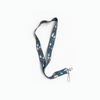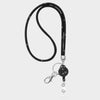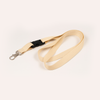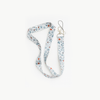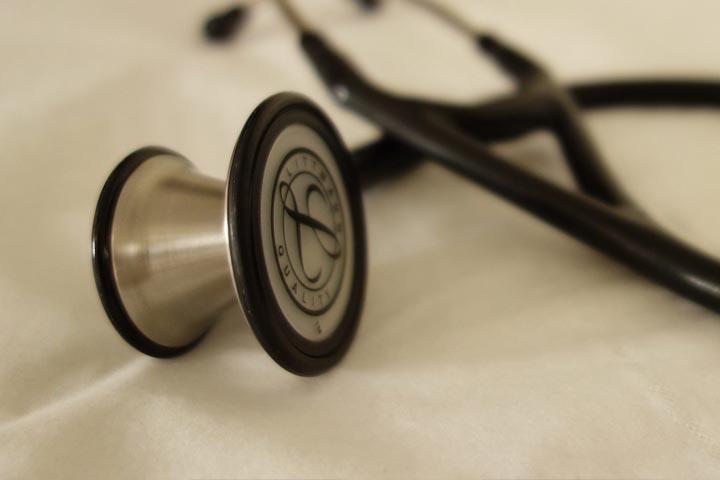
Stethoscope and How It Works؟
The stethoscope is one of the most essential medical tools used by healthcare professionals to assess the internal sounds of the body. Since its invention in 1816 by the French physician René Laennec, the stethoscope has been a cornerstone of medical diagnosis, aiding in the examination of the heart, lungs, and other organs.
A stethoscope operates by amplifying the internal sounds of the body, allowing doctors to listen for abnormalities in the cardiovascular, respiratory, and digestive systems. It consists of a chest piece placed on the patient's body to capture sound waves, which then travel through tubing to earpieces worn by the doctor.
The stethoscope plays a critical role in identifying and diagnosing various medical conditions. Here are some of its key functions:
Heart Sounds: Detects abnormalities such as irregular heartbeats, murmurs, and valve disorders.
Lung Sounds: Helps identify respiratory issues like asthma, pneumonia, and bronchitis.
Blood Flow Analysis: Assesses circulation and detects blockages or irregular blood flow.
Gastrointestinal Sounds: Aids in diagnosing digestive disorders, such as bowel obstructions or abnormal peristalsis.
Types of Stethoscopes
Stethoscopes come in various designs to meet the needs of different medical professionals:
Cardiology Stethoscope: Specially designed for detecting heart abnormalities with high sensitivity.
Pediatric & Neonatal Stethoscope: Smaller-sized models that provide precise sound detection for children and infants.
Electronic Stethoscope: Uses amplification and noise reduction technology, ideal for noisy environments like emergency rooms.
Traditional Acoustic Stethoscope: The most common type, featuring a dual-head chest piece for high and low-frequency sounds.
A standard stethoscope consists of the following parts:
Chest Piece: Contains a diaphragm and bell to capture sound vibrations.
Tubing: Transmits the captured sound waves to the user's ears.
Ear Tips: Soft, adjustable earpieces for comfort and noise isolation.
How to Choose the Right Stethoscope
When selecting a stethoscope, consider these key factors:
Sound Quality: High acoustic clarity is crucial for accurate diagnosis.
Durability: Opt for stainless steel or high-quality materials to ensure longevity.
Comfortable Ear Tips: Essential for extended use without discomfort.
Specialization: Different medical fields require specific stethoscope types; cardiologists, for instance, need highly sensitive models.
Conclusion
The stethoscope remains an indispensable tool in modern medicine, assisting healthcare professionals in diagnosing and monitoring patients effectively. Whether you are a seasoned doctor or a medical student, choosing the right stethoscope tailored to your needs can significantly enhance diagnostic accuracy and patient care.
